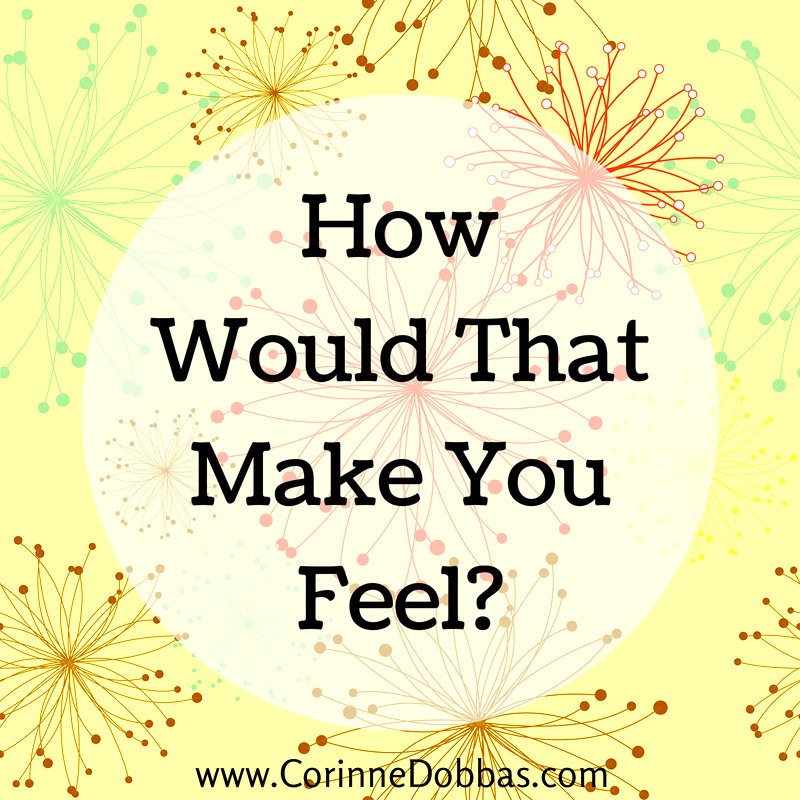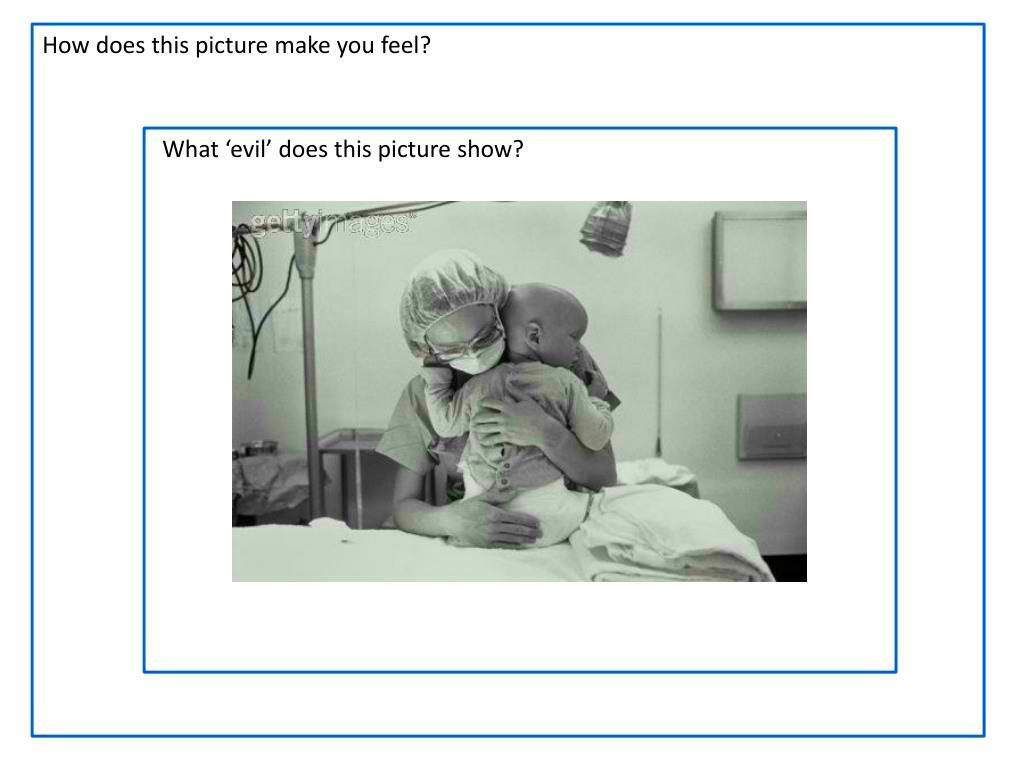Images are powerful tools that can evoke strong feelings. Whether it's joy, sadness, fear, or excitement, visuals play a significant role in how we connect with the world around us. This blog post will explore how images affect our emotions and why understanding this impact is essential, especially in creative fields like photography and design. By examining the emotional responses to various images, we can better appreciate their role in storytelling and communication.
Understanding the Psychology of Visuals

The psychology of visuals focuses on how people perceive and react to images. Different elements within an image can trigger various emotional responses. Here are some key factors to consider:
- Color: Colors can evoke specific feelings. For instance, blue often represents calmness, while red can signify passion or danger.
- Composition: The arrangement of elements within an image influences how we interpret it. A cluttered image may feel chaotic, while a balanced composition can create harmony.
- Subject Matter: The subject of an image, whether it’s a landscape, a portrait, or an abstract piece, plays a vital role in shaping our emotional response.
Understanding these aspects helps artists and marketers choose images that resonate with their audience, enhancing engagement and connection.
Exploring Different Emotions Conveyed by Images

Images can convey a wide range of emotions, often depending on context and viewer interpretation. Here are some common emotions associated with visuals:
| Emotion | Visual Elements | Example |
|---|---|---|
| Happiness | Bright colors, smiling faces | Children playing in a park |
| Sadness | Muted colors, solitary figures | A lone tree in a foggy landscape |
| Fear | Dark colors, chaotic scenes | A shadowy figure in an alley |
| Calm | Soft colors, serene landscapes | A tranquil lake at sunset |
By analyzing these emotional cues, we can gain insights into how to select images that evoke the desired response in our audience. Whether for marketing campaigns or personal projects, understanding emotions is key to effective visual storytelling.
How Color and Composition Influence Feelings

Color and composition are two vital elements in photography and design that significantly shape our emotional responses. Colors can instantly evoke feelings, while composition helps direct our attention and interpretation. Let's break this down:
- Color Psychology: Different colors have specific psychological associations. Here are a few examples:
- Red: Passion, energy, urgency
- Blue: Trust, calmness, serenity
- Green: Growth, health, tranquility
- Yellow: Happiness, warmth, optimism
- Composition Techniques: How an image is framed influences how we feel about it. Common techniques include:
- Rule of Thirds: Placing subjects along grid lines can create balance.
- Leading Lines: Lines that guide the viewer’s eye can create a sense of movement.
- Framing: Using elements to frame the subject can focus attention and add depth.
By thoughtfully using color and composition, artists can enhance the emotional impact of their images, making them more engaging and memorable.
The Role of Context in Image Interpretation
The context surrounding an image plays a crucial role in how we interpret its meaning and emotional impact. Understanding context involves considering various factors that shape our perception:
- Cultural Background: Different cultures may have unique interpretations of colors and symbols. For instance, white is often associated with purity in some cultures, while in others, it may represent mourning.
- Personal Experiences: Our individual life experiences shape how we react to certain visuals. A sunset might evoke nostalgia for one person and hope for another.
- Accompanying Text: The words or phrases accompanying an image can influence its interpretation. For example, a photo of a crowded street might feel chaotic, but a calm caption can evoke a sense of community.
By recognizing the importance of context, photographers and designers can create images that resonate more deeply with their audience, ensuring the intended message is effectively communicated.
Why Emotions Matter in Image Selection
Emotions are at the heart of why we connect with images. Selecting visuals that evoke the right feelings can make all the difference in communication, whether in marketing, social media, or personal projects. Here’s why emotions matter:
- Engagement: Emotional images capture attention and encourage viewers to engage more deeply with the content.
- Memory Retention: People are more likely to remember images that evoke strong feelings, making them ideal for storytelling and branding.
- Connection: Images that resonate emotionally can foster a sense of connection between the viewer and the subject, creating a more impactful experience.
To illustrate this point, consider how brands often use emotional storytelling in their advertising. By selecting images that evoke joy, nostalgia, or empathy, they create a powerful connection with their audience. Ultimately, understanding the emotional impact of images is essential for anyone looking to communicate effectively and authentically.
Using Images to Enhance Communication
Images are more than just visual aids; they can transform the way we communicate our ideas and emotions. Whether you're writing a blog, creating a presentation, or crafting social media content, the right images can elevate your message. Let’s explore how images can enhance communication:
- Clarifying Complex Ideas: Sometimes, words alone aren’t enough. Images can simplify complex concepts, making them easier to understand. For example, a diagram or infographic can explain data more effectively than a block of text.
- Adding Emotional Depth: An image can evoke feelings that words might struggle to convey. A powerful photograph can create empathy and connection, making your message resonate more strongly with your audience.
- Creating Visual Interest: Text-heavy content can be daunting. Including images breaks up the text, making your content more engaging and inviting. This helps keep the audience's attention longer.
To sum up, integrating images into your communication strategy not only enhances understanding but also fosters a deeper emotional connection with your audience. When used effectively, images can truly transform your message into a memorable experience.
Frequently Asked Questions
Let’s address some common questions about the emotional impact of images:
- How do colors affect emotions?
Colors play a significant role in influencing feelings. For instance, warm colors like red and orange can evoke excitement, while cool colors like blue and green are often calming. - Can an image change its meaning based on context?
Absolutely! The context in which an image is presented can dramatically alter its interpretation. A photograph that seems joyful in one setting might feel sad in another. - Why are emotions important in marketing?
Emotions drive consumer behavior. Marketing strategies that tap into feelings can create strong connections with customers, leading to increased engagement and loyalty.
If you have more questions, feel free to reach out! Understanding how images influence emotions can empower you to use visuals more effectively.
Conclusion on the Significance of Emotions in Imagery
In conclusion, emotions play a vital role in how we interpret and respond to images. Whether you're a photographer, designer, or marketer, recognizing the emotional weight of visuals can greatly enhance your work. Here are some key takeaways:
- Images Evoke Feelings: Different visuals can evoke a wide range of emotions, from happiness to fear. Understanding this can help you select the right images for your message.
- Context Matters: Always consider the context in which an image will be used. This can influence how the audience perceives the visual.
- Emotional Connection Drives Engagement: Images that resonate emotionally can captivate your audience, encouraging them to connect with your content on a deeper level.
As you continue to explore the world of imagery, remember that each picture tells a story and has the power to evoke emotions. By harnessing this potential, you can communicate your ideas more effectively and meaningfully.

 admin
admin








